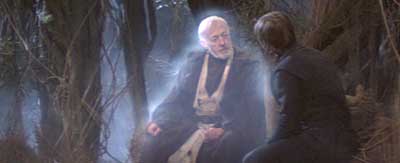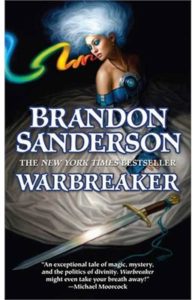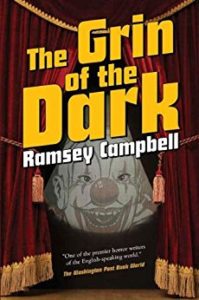(Is the song stuck in your head yet?)
Whether it’s a sad ending, a happy ending (no, not that kind), or even a cliffhanger, endings can be hard to write. I know when I’m finishing a first draft I always wonder if there’s a thread I forgot to tie off or if there was enough denouement. Doubts like these can get the better of you. One doubt that doesn’t often pop into a writer’s mind is if the story needs two endings.
That’s pretty much what happened when I wrote Schrodinger’s Bar.
Schrodinger’s Bar is a short story I wrote for the Fiction River: Tavern Tales anthology. It’s about an alien refugee that finds a job at a very unusual dive bar. What makes this story really unique is that it has two endings that happen simultaneously. That’s right. Just when the reader thinks the story is over, not only do they get a second conclusion, it’s one that happens at the exact same time as the first instead of being another option.
Yes, it’s a very tricky thing to pull off. So how did I do it? I had a very good editor. No, seriously. It was all her idea and she walked me through it. Yeah, I know. That doesn’t really help you but I did learn how in the process.
Here’s the thing, gimmicks like this rarely work. Instead of it being a cool literary device it often comes off as cheesy or even lame. The only reason this one isn’t cheesy or boring is because of the title. Since the story — and specifically the dive bar — is a clever play on Schrodinger’s theory it gives me the allowance to do this. In fact, as my editor told me, this story really needed a gimmick like this to be good. Doing it with one ending would have been a missed opportunity.
But I hear you ask, “what if your story doesn’t have a quantum superposition but you still want to do two endings?” Well, that still has a prerequisite of sorts. Lets revisit the video I posted from Clue. Clue has three endings, each funnier and just as plausible as the others. Each of the possible solutions to the “who done it?” works because during the film, each suspect is without an alibi. It’s never highlighted during the film but if you watch closely you’ll see that it’s true. So if you want to pull off multiple endings, you need to do the same sort of prep work. Set up the scene, make sure you’ll have the plausibility you’ll need for each variation in each ending and at the final climactic moment, that’s when you start the divergence. In Schrodinger’s Bar that moment is when Myla has to decide to stay or go. In Clue, it’s the moment Wadsworth decides to reveal who the killer is and how they did it. The divergent endings all start at that same moment and progress to their individual conclusions. However the story as a whole needs to end before it becomes a Groundhog Day- like phenomena. You can certainly loop them around and around like that if you want it just takes more prep work.
Like I said. Tricky. Once you get it to work though, it’s really darn cool!
If you’d like to read Schrodinger’s Bar, you can purchase the anthology in print and digital here.
And you can find out more about Kim May here.

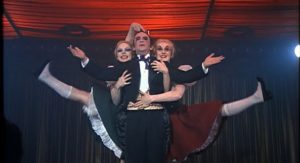
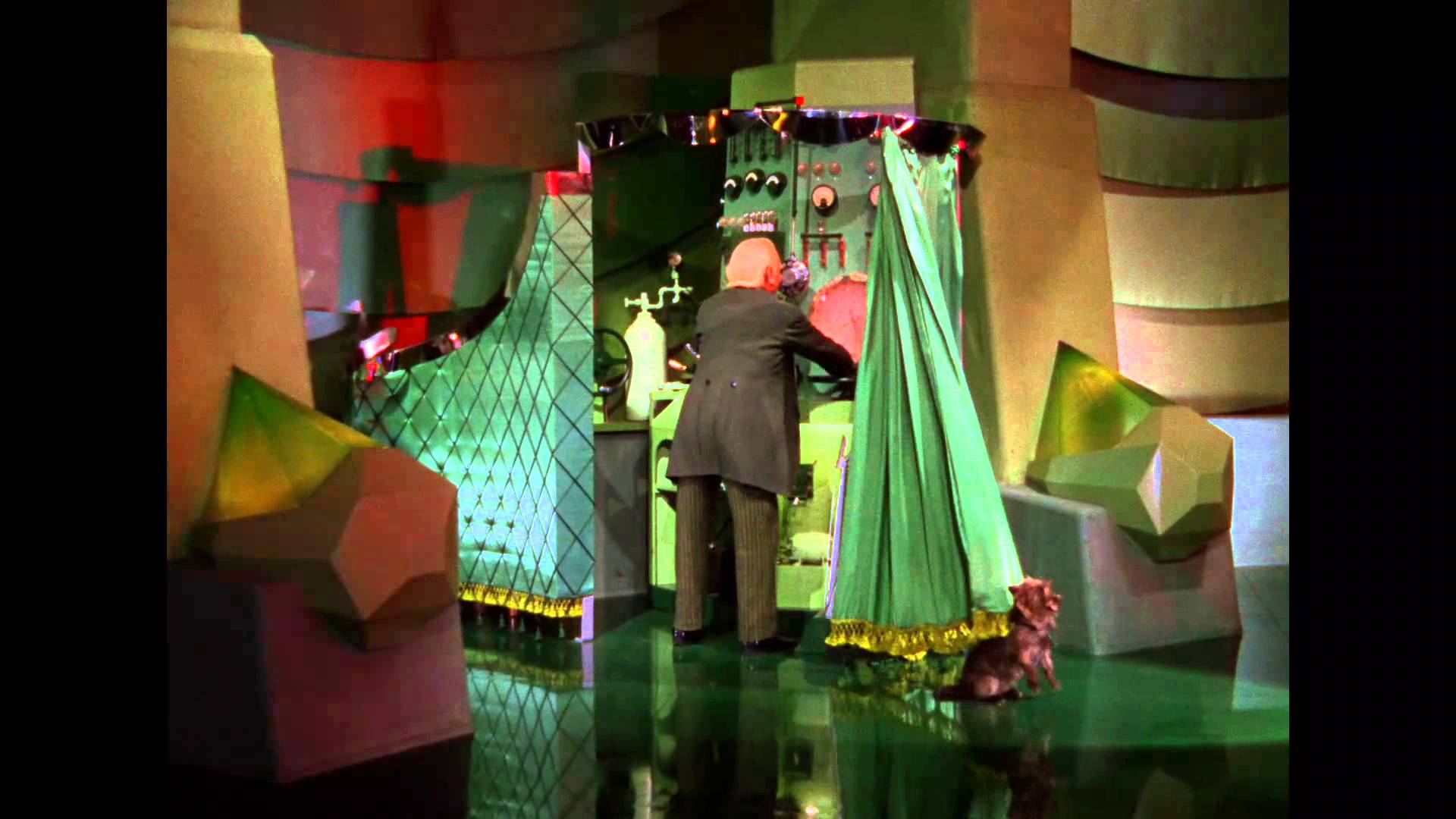 As a child watching The Wizard of Oz, I never suspected a bumbling old man hiding behind a curtain to be the “great and terrible Oz.” I was completely taken aback when Toto pulled back the drapes and revealed the traveling salesman who was pushing all the levers and buttons. I still revel in the concept of a man behind a curtain, but I prefer much darker motives, the pushing of people’s buttons more than any machine, and a more illusory curtain. A good example of this is Brandon Sanderson’s
As a child watching The Wizard of Oz, I never suspected a bumbling old man hiding behind a curtain to be the “great and terrible Oz.” I was completely taken aback when Toto pulled back the drapes and revealed the traveling salesman who was pushing all the levers and buttons. I still revel in the concept of a man behind a curtain, but I prefer much darker motives, the pushing of people’s buttons more than any machine, and a more illusory curtain. A good example of this is Brandon Sanderson’s 
